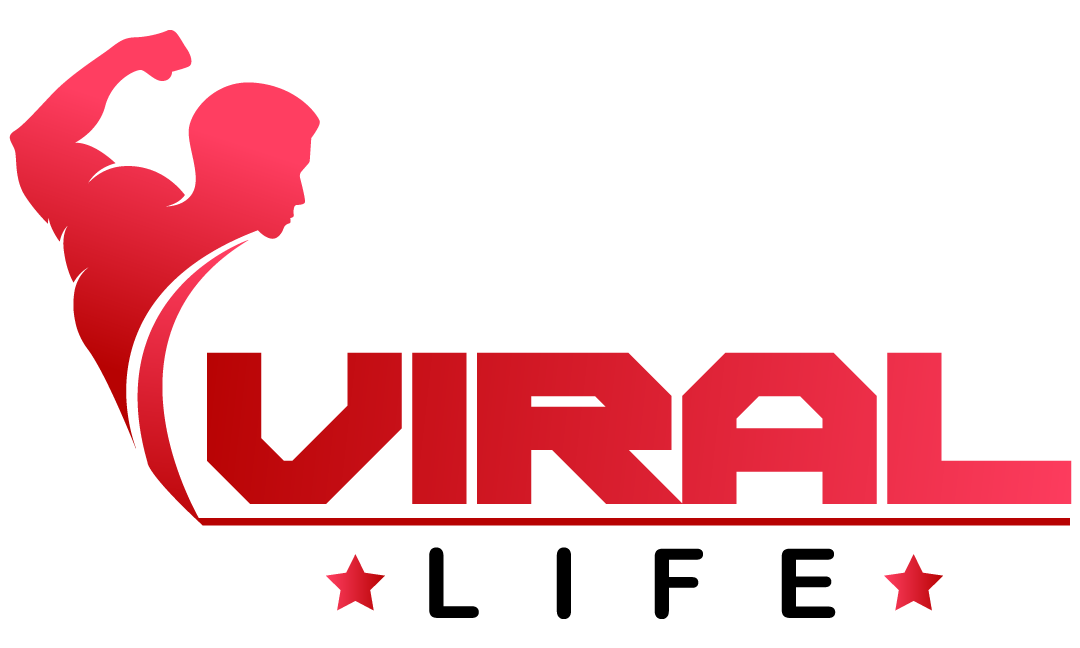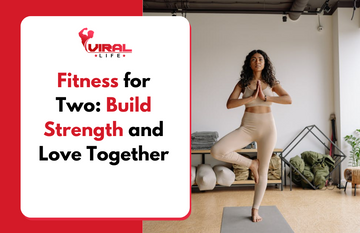
Dumbbells are one of the most versatile tools in any fitness routine, but common dumbbell mistakes can easily undermine your progress, leaving you frustrated and far from your fitness goals. Whether you're new to strength training or an experienced lifter, correcting these mistakes will not only prevent injury but also help you see better results faster. Let’s dive into some of the most common dumbbell mistakes sabotaging your fitness progress and how to avoid them.
10 Common Dumbbell Mistakes and Solutions
| Mistake | Description | Solution |
|---|---|---|
| Using Too Much Weight | Lifting weights that are too heavy, risking injury. | Start light, increase gradually. |
| Rushing Through Reps | Performing reps too quickly, reducing time under tension. | Slow down, focus on control. |
| Poor Range of Motion | Not fully extending or contracting muscles. | Use a full range of motion. |
| Focusing on Quantity Over Quality | Prioritizing reps over form, leading to poor results. | Emphasize form over numbers. |
| Neglecting Smaller Muscle Groups | Ignoring minor muscles, causing imbalances. | Incorporate isolation exercises. |
| Overtraining | Not allowing enough recovery time between workouts. | Rest between sessions. |
| Inconsistent Workouts | Lacking a structured plan or missing workouts. | Stick to a regular workout routine. |
| Lifting Without Warm-Up | Skipping a warm-up, leading to stiff muscles and injury. | Warm-up for 5-10 minutes before lifting. |
| Poor Posture | Using incorrect posture during exercises, risking injury. | Check your form in a mirror or ask for guidance from a trainer. |
| Holding Your Breath | Forgetting to breathe during lifts, which can affect performance. | Focus on steady breathing: exhale during exertion, inhale on return. |
Using Too Much Weight: A Recipe for Injury
One of the most frequent common dumbbell mistakes is selecting weights that are too heavy. While it might seem impressive to lift the heaviest dumbbells you can handle, overloading your muscles without proper form can lead to strains, tears, and imbalances.
Why it Hurts Your Progress:
When you lift too much weight, your body compensates by recruiting other muscles, which shifts focus away from the target muscle group. For example, if you're doing dumbbell curls with weights that are too heavy, your shoulders may take over, and your biceps won't get the workout they need.
Pro Tip: Start with a lighter weight and focus on perfect form. Gradually increase the weight only when you can complete your sets with the correct technique.
Rushing Through Reps: Speed Isn't Everything
Are you flying through your reps to finish faster? This is another common dumbbell mistake that many people make. Rushing through your sets reduces the time under tension (TUT) for your muscles, which is a key factor in building strength and endurance.
Why Slowing Down Matters:
Slower reps force your muscles to work harder and longer, leading to greater gains. For instance, taking 3 seconds to lift the weight and 3 seconds to lower it will activate more muscle fibers and lead to more significant muscle growth.
Pro Tip: Focus on controlled, deliberate movements. Count in your head to ensure you're not speeding through your sets.
Poor Range of Motion: Half-Repping Your Way to Failure
If you're not using a full range of motion during your exercises, you're committing a common dumbbell mistake that drastically affects your results. Half-repping—where you don’t fully extend or contract your muscles—limits the amount of work your muscles can do, reducing your strength gains over time.
The Impact on Your Muscles:
For example, if you’re doing a bench press and only lower the dumbbells halfway, your chest muscles aren’t getting fully engaged. You might lift more weight in the short term, but your progress will stall in the long run.
Pro Tip: Always aim for a full range of motion, allowing your muscles to stretch and contract fully for optimal results.
Focusing on Quantity Over Quality
Many gym-goers fall into the trap of thinking that more reps or sets automatically equals more gains. However, another common dumbbell mistake is prioritizing quantity over quality. When you sacrifice form just to squeeze out a few extra reps, you're setting yourself up for poor results and potential injury.
Why Form is Crucial:
Poor form can lead to muscle imbalances, joint issues, and even chronic pain. Whether you're doing a chest press, deadlift, or squat with dumbbells, executing each rep with precision will yield better long-term benefits than pumping out sloppy sets.
Pro Tip: Prioritize proper form and alignment over hitting a specific number of reps. Stop when your form starts to break down.
Neglecting Smaller Muscle Groups
While it’s easy to focus on the big lifts like dumbbell bench presses and deadlifts, neglecting smaller muscle groups is another common dumbbell mistake. Ignoring muscles like the rotator cuff, forearms, or lower back can lead to imbalances and injury over time.
The Importance of Balanced Training:
For instance, weak forearms can limit your grip strength, affecting your ability to lift heavier weights during other exercises. Similarly, neglecting your lower back can lead to posture problems and chronic pain, which can sabotage your overall fitness progress.
Pro Tip: Incorporate isolation exercises for smaller muscles, such as dumbbell wrist curls for forearms and dumbbell lateral raises for the shoulders, to create a balanced workout routine.
Overtraining: More Isn't Always Better
One of the biggest common dumbbell mistakes people make is not giving their muscles enough time to recover. Overtraining can lead to muscle fatigue, reduced performance, and even burnout. While it's tempting to hit the gym every day to chase gains, your muscles need time to repair and grow.
Why Rest is Essential:
When you train with dumbbells, you create small tears in your muscle fibers. These tears need time to heal, and when they do, your muscles grow stronger. Without adequate rest, you're simply breaking your muscles down further without giving them the chance to recover.
Pro Tip: Ensure you have at least one rest day between sessions that target the same muscle group. Listen to your body and avoid pushing through excessive fatigue or soreness.
Inconsistent Workouts: The Plateau Effect
Lastly, an often overlooked common dumbbell mistake is inconsistency. If you're sporadic with your workouts or don’t follow a structured plan, you’re likely to hit a plateau where progress halts, no matter how hard you work when you do train.
Why Consistency is Key:
Fitness progress is built over time. Missing sessions or switching between random exercises without a plan can prevent you from building momentum. Think of it as building a house brick by brick. Skipping workouts is like leaving gaps in the wall—eventually, the structure won't hold.
Pro Tip: Stick to a consistent workout routine. Tracking your progress and sticking to a plan will help you avoid plateaus and see steady improvements.
Conclusion: Fine-Tune Your Workouts for Maximum Gains
Avoiding these common dumbbell mistakes can be the difference between making steady fitness progress and hitting a frustrating plateau. Whether it’s using too much weight, rushing through reps, or neglecting smaller muscle groups, correcting these mistakes will not only help you avoid injury but also optimize your results. By focusing on form, consistency, and smart training, you’ll see better strength gains and enjoy a more effective workout.
FAQs
1. How can I avoid dumbbell injuries? To avoid injuries, always start with proper warm-ups, focus on form over weight, and ensure you use a full range of motion in each exercise. Gradually increase weights as your strength improves.
2. What weight dumbbells should I start with? Beginners should start with light dumbbells, typically between 5-10 pounds, and gradually increase as they build strength and maintain proper form.
3. How many times a week should I use dumbbells? Using dumbbells 2-4 times a week is ideal, ensuring rest days between sessions targeting the same muscle groups to allow recovery and growth.
4. Why is form more important than weight when using dumbbells? Proper form ensures that you’re targeting the intended muscles and avoiding injury. Heavier weights with poor form can lead to muscle strain and joint issues.
5. Can I use dumbbells for a full-body workout? Yes, dumbbells are incredibly versatile and can be used for a full-body workout, targeting every major muscle group from legs to arms.



